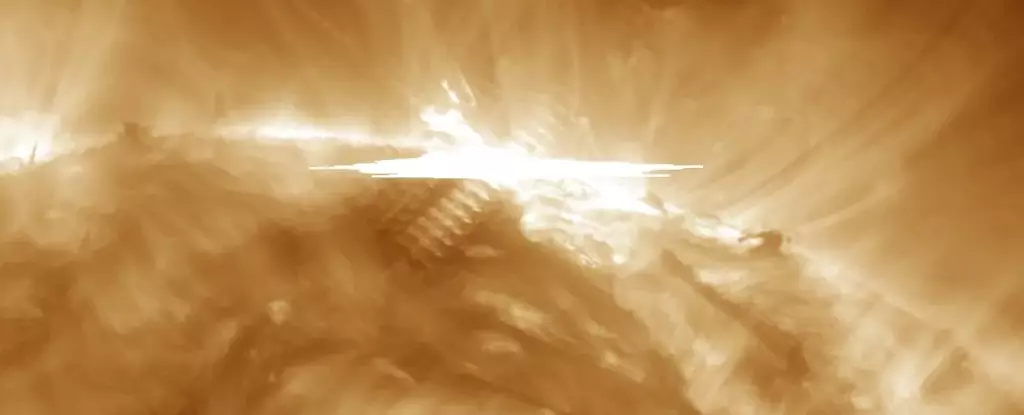In the wake of natural disasters, additional challenges can compound the difficulties faced by recovery teams. The recent warnings from the US Space Weather Prediction Center (SWPC) regarding severe geomagnetic storm conditions highlight how space weather can disrupt ongoing efforts to recover from Hurricanes Helene and Milton. Understanding the implications of geomagnetic storms on infrastructure and communication is crucial for effective disaster response.
The Nature of the Geomagnetic Storm
On Thursday, a significant coronal mass ejection (CME) occurred, impacting Earth at precisely 11:17 a.m. (1517 GMT). The immediate result was a rapid escalation to G4 levels of geomagnetic activity by 12:57 p.m. This kind of storm is particularly concerning as it poses risks not only to technological systems but also to vital recovery processes already in jeopardy from the hurricanes. As the Sun gears up for a peak in its 11-year solar cycle, the frequency and intensity of such events are anticipated to rise, warranting close attention from monitoring agencies.
The ramifications of this severe geomagnetic event extend far beyond the sky. The SWPC has alerted both the Federal Emergency Management Agency (FEMA) and various state agencies, which are already stretched thin due to the dual crises caused by hurricanes. The potential for satellite disruption, GPS errors, and failures in communication systems poses threats to coordinated recovery efforts. Authorities are urging infrastructure operators to implement mitigation strategies promptly.
The influence of CMEs on technological systems includes interference with satellites, radio communications, and GPS functionality, all of which are critical during emergency responses. Historical events, such as the “Halloween Storms” in 2003, exemplify the havoc these storms can wreak on power grids, leading to extensive blackouts and infrastructure damage. The financial implications for agricultural operations, as seen with farmers in the Midwest facing disrupted GPS signal due to previous storms, further underline the threat posed by geomagnetic disturbances.
While the disruptions caused by geomagnetic storms are serious, they also present a rare aesthetic phenomenon. For those fortunate enough to inhabit locations with clear, dark skies, the auroras generated by such events create breathtaking natural displays. Regions as far south as northern California and Alabama may witness vibrant light shows, provided they are shielded from urban light pollution. For enthusiasts, capturing these ethereal sights with smartphone cameras, even when faint, can create memorable experiences set against the backdrop of ongoing recovery efforts.
The intersection of severe geomagnetic storms and natural disaster recovery efforts illustrates an often-overlooked challenge that agencies and responders face. As they work to restore normalcy in areas devastated by Hurricanes Helene and Milton, the added strain from celestial phenomena underscores the complexity of modern disaster management. This highlights the need for robust preparedness strategies to minimize disruption and ensure swift recovery, ensuring that affected communities have the support they need, even from the unpredictable forces of nature above.

